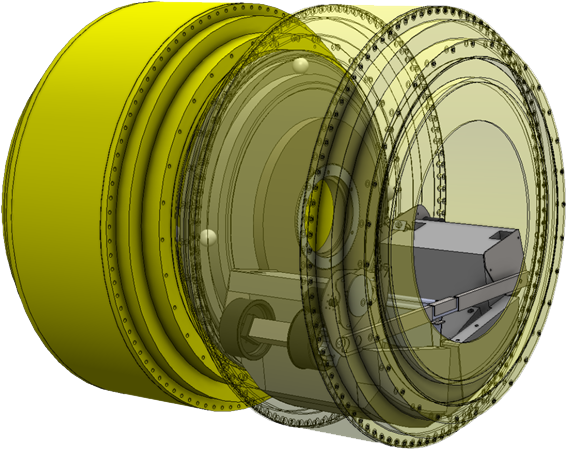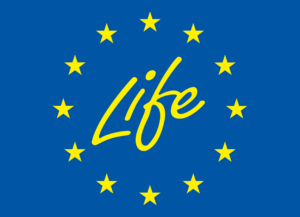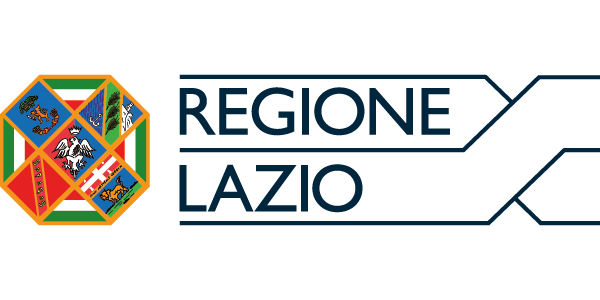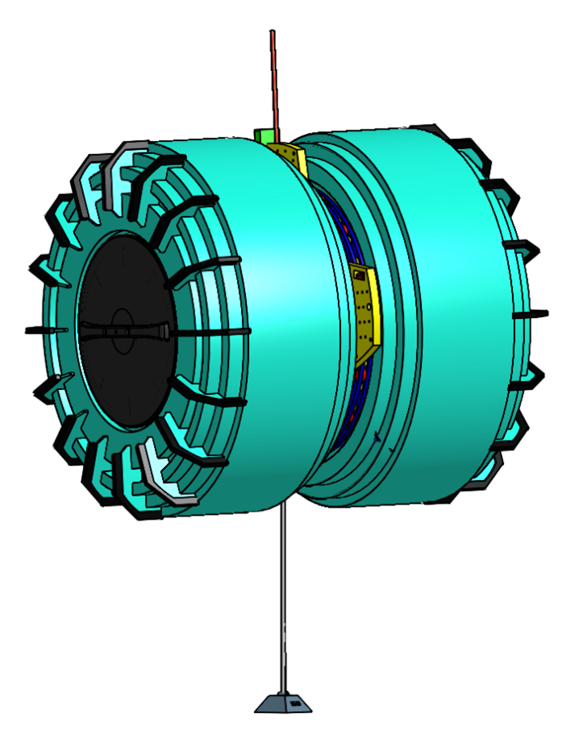History

History
Phase I – The idea
In 2017, the MAR (Multipurpose Amphibious Rover) was born: a multifunctional amphibious vehicle, a design idea by DEF-TECH, spin-off of the SeTeL R&D department.
SeTeL, an engineering company from Rome, which has been operating in Italy for 50 years, has embraced the objective of the DEF-TECH project and started a technical-commercial collaboration, thus combining the innovative component with the solidity of a structured company.
In fact, the objective of giving shape to the original idea required an economic and technical effort that could only be addressed through a joint multi-year program and various design and development phases.
SeTeL’s engineering skills and the DEF-TECH project took shape in this context.
Today MAR boasts four patents formally owned by the DEF-TECH company.
In the video the first prototype of the multifunctional vehicle.
Phase II – The first agricultural projects
AgriDroneVision is a project oriented towards precision agriculture.
In this context, MAR was the KET (Key Enabling Technology) to carry out detection and monitoring activities on the ground and to associate them with aerial images coming from a cooperating aerial drone.
In the video the second prototype within the AgriDroneVision Project.

In 2020, by winning the European LIFE 2020 tender (WineGRover), it will be possible to carry out more extensive testing of the vehicle in the agricultural field, implementing an innovative system for precision viticulture.
The main objective of the project is to reduce the environmental impact linked to grape production by introducing new technologies for precision agriculture (PA) and to validate in two vineyards, in Italy and Spain, the technical performance of an economical and integral solution based on the implementation of a new PA system.
In the video the third prototype as part of the WineGrover Project during the measurement campaign in the CONRAD vineyard in Spain.
Both projects address the topic of fusion of images and data acquired from the Rover (horizontal view), images from an aerial drone (vertical view) and data from sensors in the field.
Phase II – The first agricultural projects
AgriDroneVision is a project oriented towards precision agriculture.
In this context, MAR was the KET (Key Enabling Technology) to carry out detection and monitoring activities on the ground and to associate them with aerial images coming from a cooperating aerial drone.
In the video the second prototype within the AgriDroneVision Project.


In 2020, by winning the European LIFE 2020 tender (WineGRover), it will be possible to carry out more extensive testing of the vehicle in the agricultural field, implementing an innovative system for precision viticulture.
The main objective of the project is to reduce the environmental impact linked to grape production by introducing new technologies for precision agriculture (PA) and to validate in two vineyards, in Italy and Spain, the technical performance of an economical and integral solution based on the implementation of a new PA system.
In the video the third prototype as part of the WineGrover Project during the measurement campaign in the CONRAD vineyard in Spain.
Both projects address the topic of fusion of images and data acquired from the Rover (horizontal view), images from an aerial drone (vertical view) and data from sensors in the field.
Phase III – The amphibious version
At the same time, in self-financing, we are thinking about the future.
Studies are continuing on the amphibious version until the requirements are defined.
Aiming at experimentation in aquatic and humid environments, in 2024 we won funding under the POR FESR Programming of the Lazio Region.
The primary objective of the new ECOMAR Project is the creation of an autonomous amphibious vehicle (MAR) with high rapid deployment capacity for early warning operations aimed at chemical-physical analyzes of marine waters.
The early warning activity will allow a first alert in the event of water pollution. The vehicle will be equipped with sensors capable of detecting various chemical-physical characteristics in real-time, comparing the data with each other (data fusion) and generating an alert where a possible anomalous condition is revealed.

The experiences acquired have highlighted that the MAR can be an enabling element of the Intelligent Factory. The Rover becomes the mobile Information Technology node capable of observing, processing and communicating.







